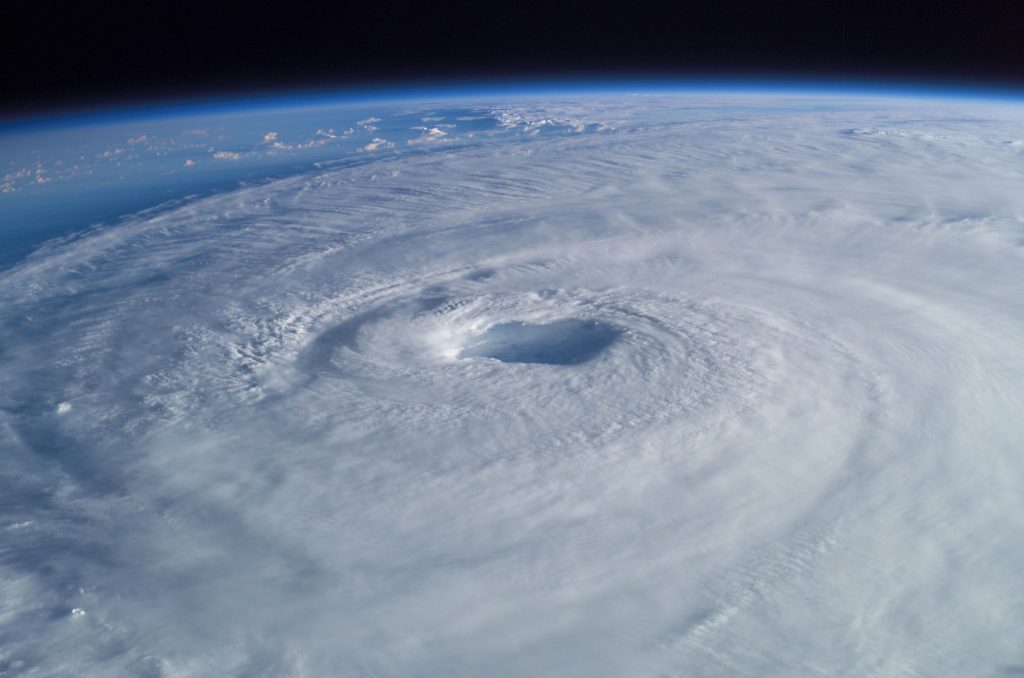By Breanna Kendrick

Nursery personnel have learned from past hurricanes that preparedness is essential to storm recovery.
Thomas Yeager, professor in the environmental horticulture department at the University of Florida Institute of Food and Agricultural Sciences (UF/IFAS), recently spoke about nursery recovery. He presented at the U.S. Department of Agriculture Southeast Climate Hub and UF workshop called “Building Agricultural Resilience to Hurricanes: Before, During and After.”
“Each hurricane is different, but it is best to prepare several months in advance,” advises Yeager. “Plan for an extended power outage and have supplies ready to replace damaged infrastructure. A backup means to pump water for irrigation is absolutely necessary. In addition, develop a list or network of contacts. Helping each other prepare and deal with the aftermath is very important.”
When a hurricane is expected within a few hours, decisions need to be made regarding the costs for increased protection. There may be some plants that are worth the extra effort of moving inside a protected structure. “High-value camellia plants loaded with flower buds might be moved to secure protected structures to minimize plant damage and maintain buds for fall or winter blooms,” explains Yeager. “That decision to move plants is based on economics, value or expected monetary return on the investment.”
It may also be a good idea to take the time to lay down high-value trees to minimize damage. This becomes an economic decision versus the probability of damage. “Those decisions have to be made quickly and are often influenced by the predicted wind speed and direction as well as the amount of rain,” Yeager says.
After the hurricane, nursery management should ensure that employees are okay and give them time to put their personal business back in order. “It can be important for the nursery to help their employees and put forth positive gestures such as providing a meal for nursery personnel and their families,” recommends Yeager.
A good first step is to document damage to nursery infrastructure and plants before cleanup and repairs begin.
For more educational resources, visit edis.ifas.ufl.edu or contact your local UF/IFAS Extension office.
Share this Post









